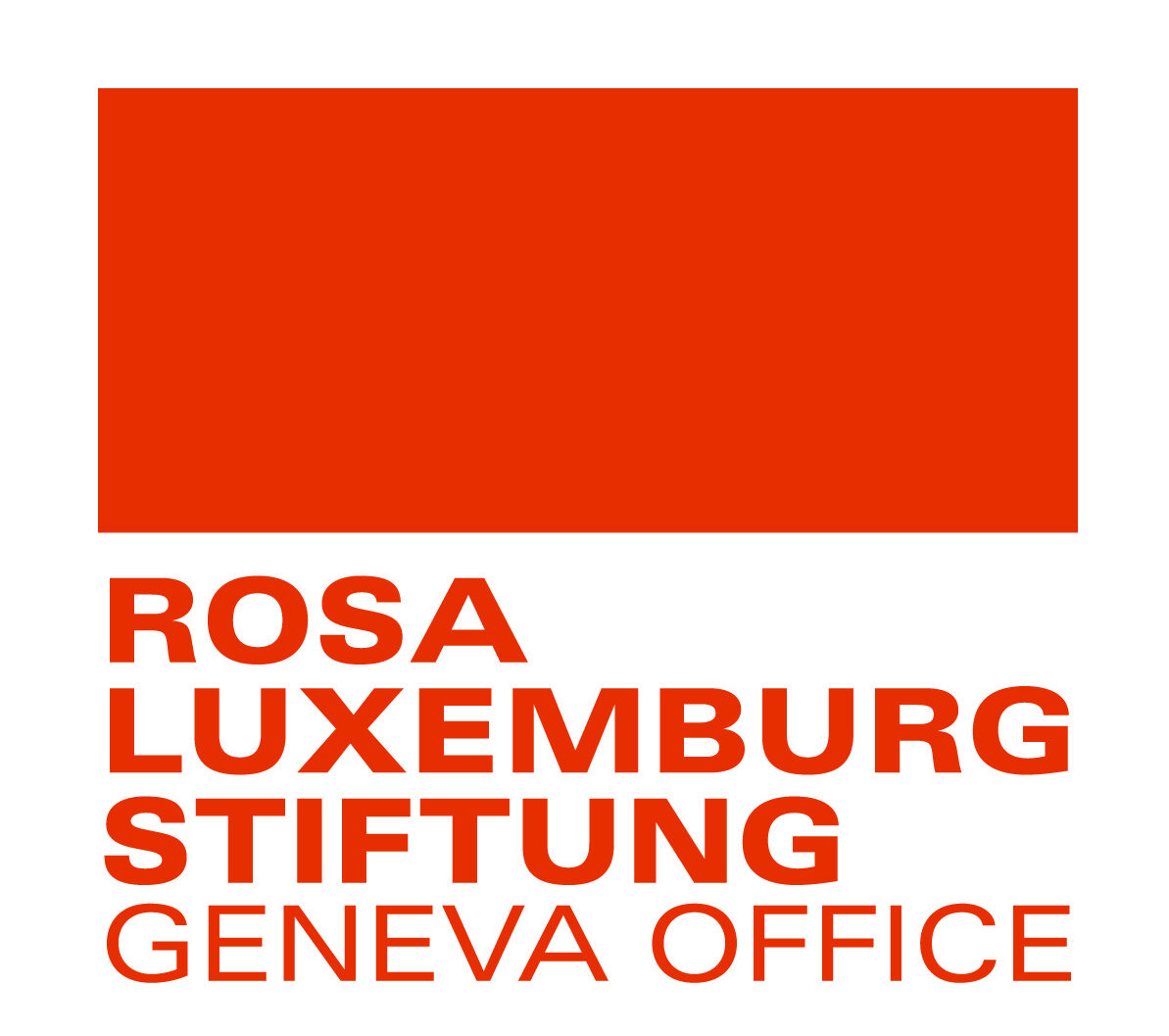WE CAN PUT A STOP TO MODERN SLAVERY,
AND CAN HINDER IT IN THE FUTURE
The word “slavery” conjures up images of people in chains being forced onto ships in Africa and transported across the globe. We rarely think of slavery as having anything to do with the modern world and its living and working conditions. Slavery has indeed been abolished as a legal form of labour worldwide. Article 4 of the 1948 Universal Declaration of Human Rights states: “No one shall be held in slavery or servitude; slavery and the slave trade shall be prohibited in all their forms.”
But it would be wrong to assume that slavery no longer exists today. Indeed, in absolute numbers, more people are enslaved now than at any time in history. The International Labour Organization of the United Nations speaks of “modern slavery” and estimates that at least
40 million people are currently subject to it.
This atlas aims to raise awareness of this widely ignored phenomenon. We show that the persistence of this inhumane practice is a global problem. The 2020 Global Report on Trafficking in Persons by the United Nations Office on Drugs and Crime (UNODC) concludes that people in no country in the world are immune from the crime of slavery. Based on the data collected for this Global Report, UNODC was able to document a total of 534 different routes used for human trafficking. More than 120 countries reported having detected trafficked persons from over 140 different countries of origin. In addition, national authorities probably do not recognize some routes, in part because many people are already enslaved while they are in their home countries.
Criminals who traffic in human beings exploit their victims in various ways, and also influence the legal global economy. Slavery exists in many sectors: It crops up in the production of our mobile phones, the palm oil in our cosmetics and shampoos, and the seafood we buy in the supermarket. It is woven
into our clothing and is widespread in the global sex industry and in domestic service. It is especially important to present these connections now, during the Covid-19 pandemic. This is because the victims of enslavement are currently under particular pressure from the threat of deportation, and the economic recession that accompanies the pandemic can be expected to put yet more people at risk of trafficking and slavery.
The Atlas of Enslavement shows that modern slavery has many faces. It ranges from child slavery for paramilitary groups or on the cacao plantations for the chocolate industry, to people toiling in debt bondage in the fishing sector, to forced prostitution in Europe and state-organized forced labour in North Korea. The routes for human trafficking often coincide with those used by refugees and international migrants. This is because conflicts make those who are forced to flee more vulnerable – and traffickers exploit such vulnerability. Because slavery has a long history – it began thousands of years before the colonial period – we also look back to draw lessons from the past about modern forms of slavery.
The good news is that we know quite a bit about how slavery happens – and by extension, how we can loosen the chains that bind today’s slaves. By no means does the practice exist only in illegal enterprises, but also in the intersection between legal economic activities and informal work. It accompanies social exclusion, loss of income, illiteracy, state instability, political conflicts, corruption, or insecure immigrant status. It is a form of extreme inequality supported by various interest groups that profit from it. The question as to how to fight modern slavery has many possible answers. But we can put a stop to it, and can hinder it in the future, by regulating the economy better, improving access to social rights, and enabling legal forms of migration.
We must not forget one thing: people subject to slavery have never been merely victims. They have resisted slavery in many ways, and they continue to do so. They have fled their enslavement, committed sabotage, got rid of their tormentors, and much more. From the slave revolt led by Spartacus in ancient Rome, to the slave uprising in Saint-Domingue, later Haiti, to the rebellion led by Nat Turner in Virginia in the United States, the victims of slavery have always collectively resisted their enslavement. But they have had little support from the state. Each year, only 0.2 percent of global cases of slavery are investigated and prosecuted. While forced labour, a form of slavery, generates 150 billion dollars in profits a year, the OECD countries spend only 0.08 percent of this sum each year on combating slavery.
The Atlas of Enslavement aims to move this issue higher up the political agenda. We need a global framework
for collective action in order to achieve the abolition of slavery worldwide.
Dr. Dagmar Enkelmann, Chair of the Executive Board, Rosa-Luxemburg-Stiftung
